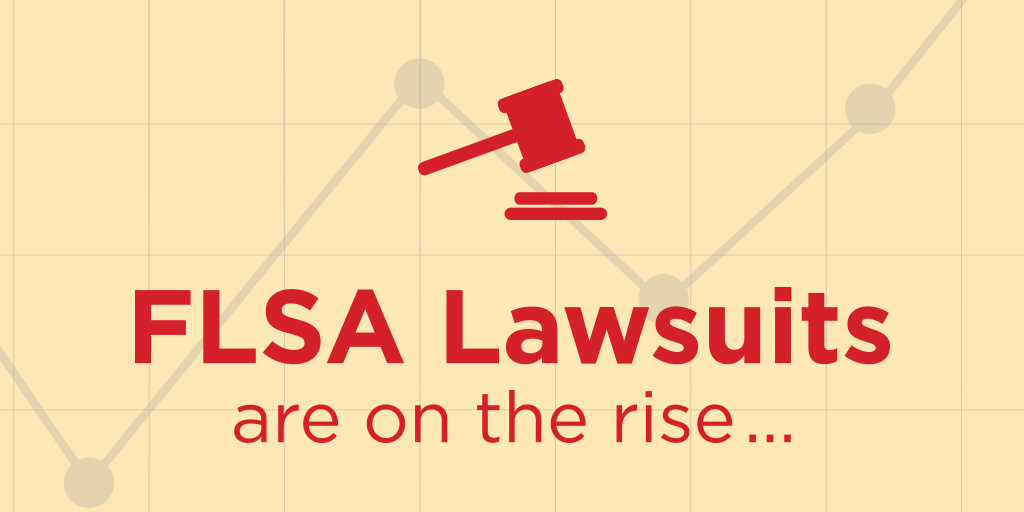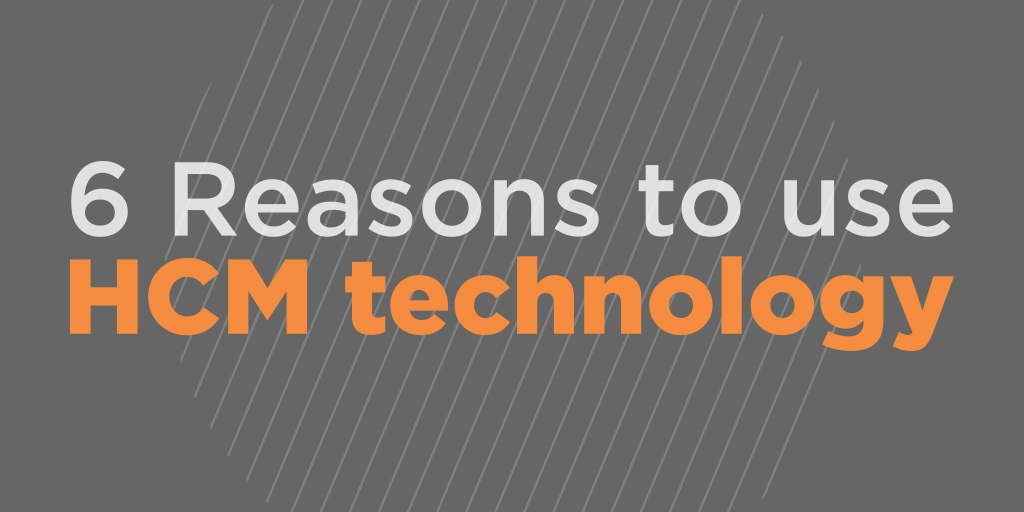Regional Account Executive Excellent Base plus Unlimited Commission
POSITION TITLE: Regional Account Executive
TIME: Full-Time
DEPARTMENT: Highflyer HR
STATUS: Exempt
SUPERVISOR: President
SUMMARY DESCRIPTION:
Highflyer HR is principally owned by the Sternberg family, who have > 80 years of business experience in Louisiana plus nationally. Highflyer HR is a trusted Human Capital Management solutions provider for companies nationwide. We focus on solving all operational complexities of the employee life cycle, delivering a single source suite comprised of payroll, human resources, time and attendance, and benefits administration using a cutting-edge cloud-based technology.
RESPONSIBILITIES:
- Sell use of payroll processing system to improve a client’s prductivity and profit
- Reach and exceed assigned sales goals
- Prospect Qualification by identifying company needs, decision-makers, demographics, industries, etc.
- Develop and execute a cold calling strategy to target prospects
- Schedule appointments with key decision makers
- Complete and present accurate business proposals
- Answer customers questions about products and prices
- Present and demo products and services onsite or virtually
- Track all event activity in Salesforce or HubSpot (we can teach you)
- Develop and retain knowledge of products, pricing and company contacts
KNOWLEDGE, SKILLS & ABILITIES:
- Knowledge of Salesforce or HubSpot is preferred
- Strong verbal and written communication skills
- Ability to travel up to 35% of the time
- Residence in Louisiana, Mississippi, Alabama, East Texas or Atlanta required
- You will be supported by aggressive, lead generating marketing
EDUCATION & EXPERIENCE REQUIREMENT: Sales experience required*
- College degree preferred
- +2 years of Payroll and HCM sales experience preferred
Please send resume to Resumes@HighflyerHR.com.






